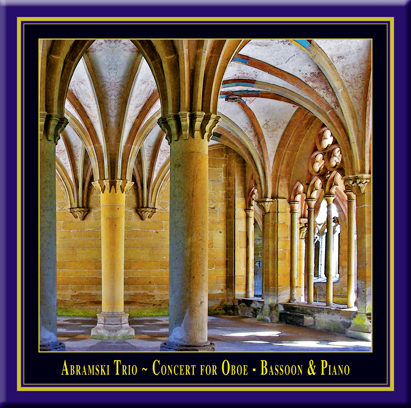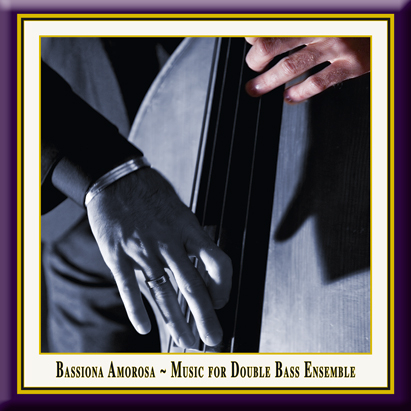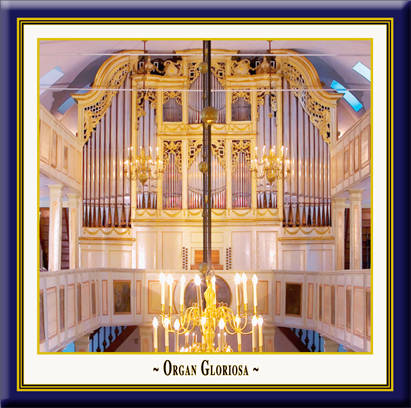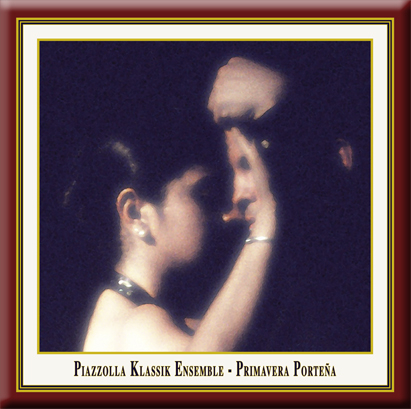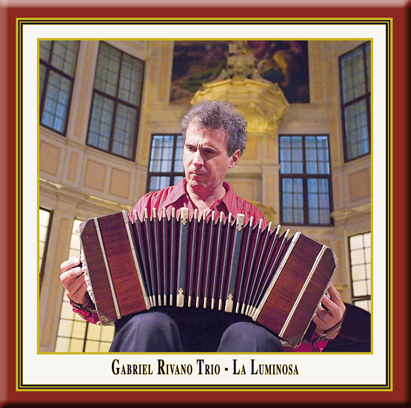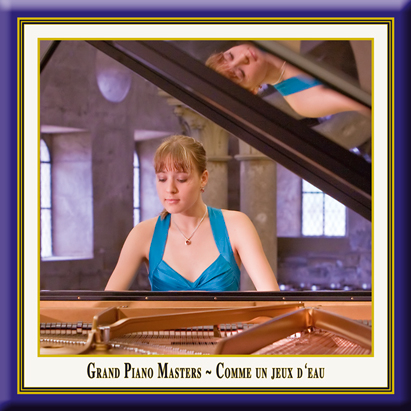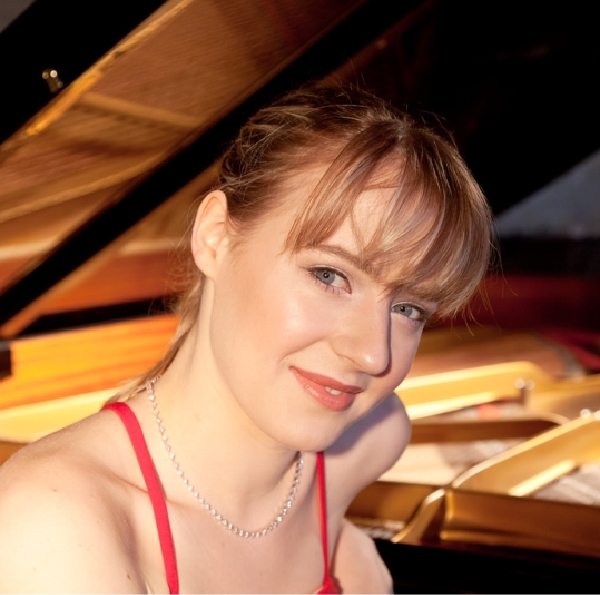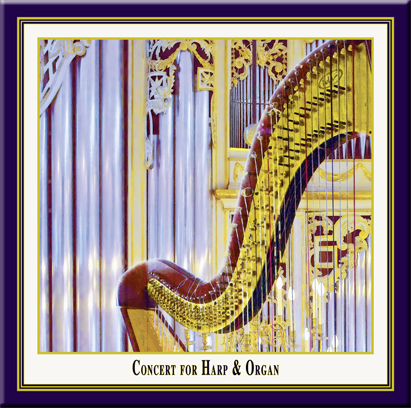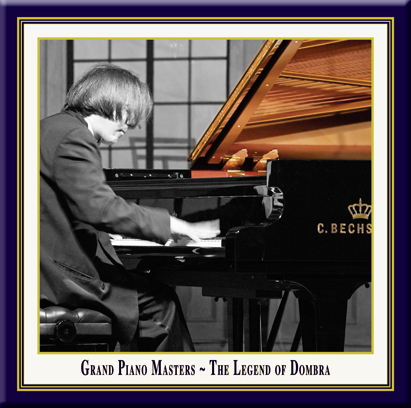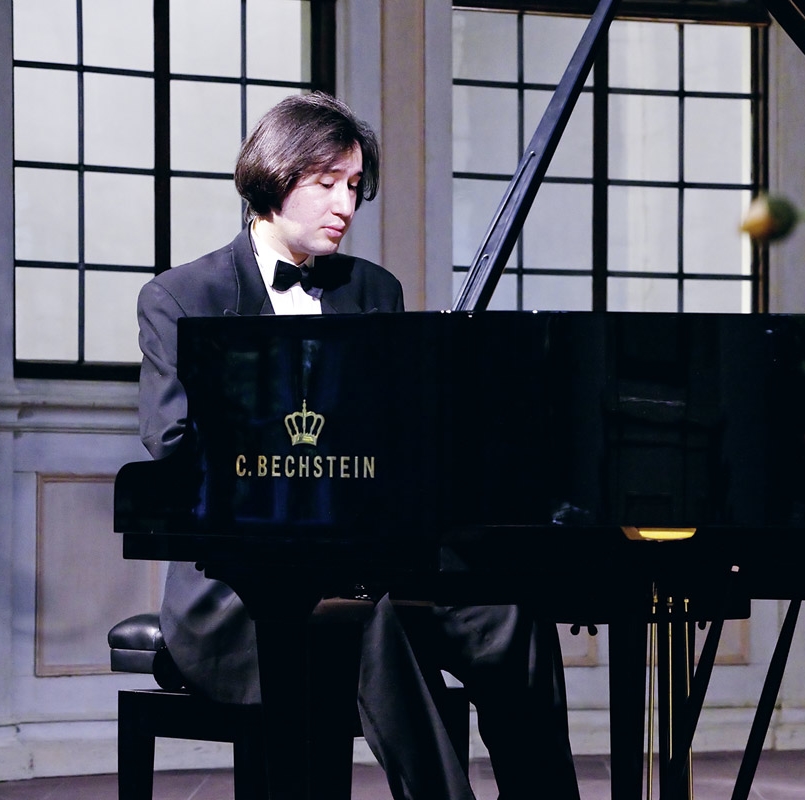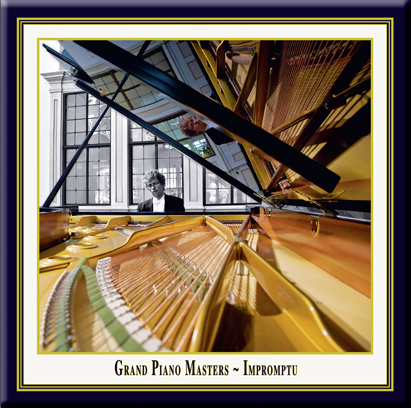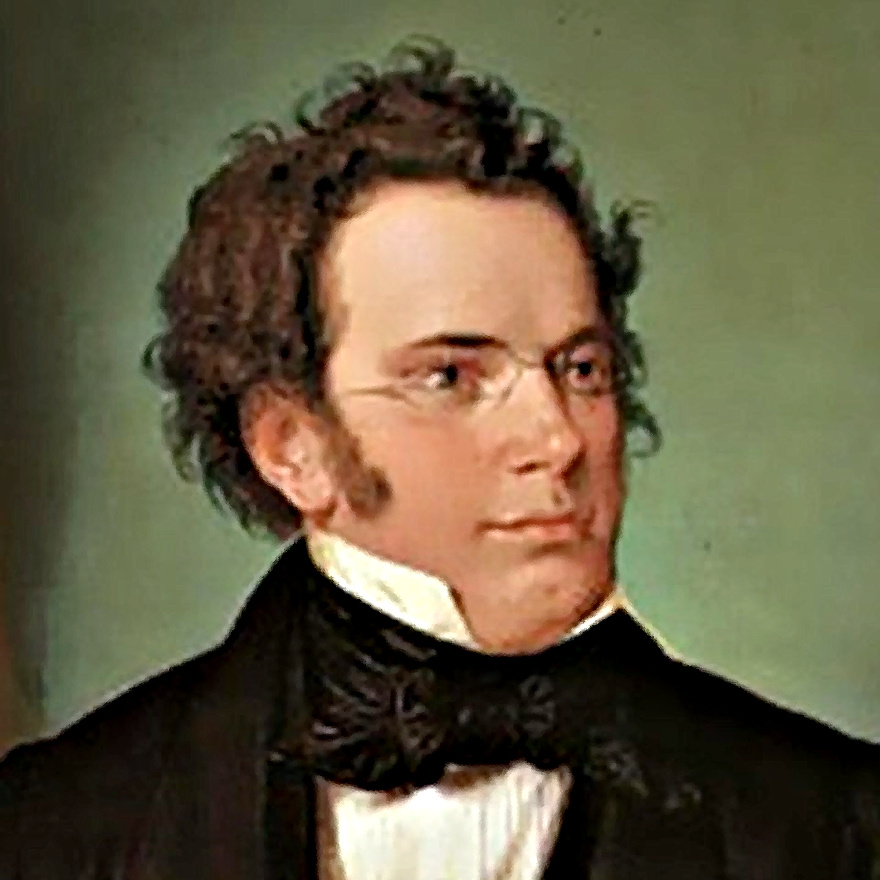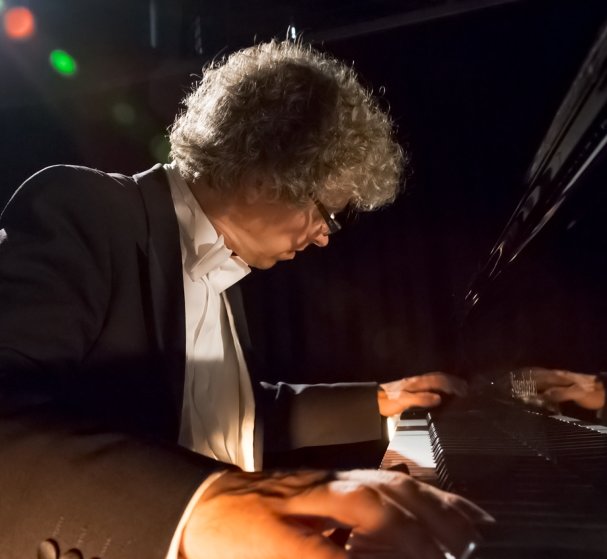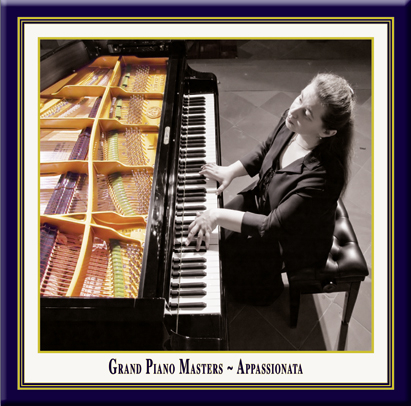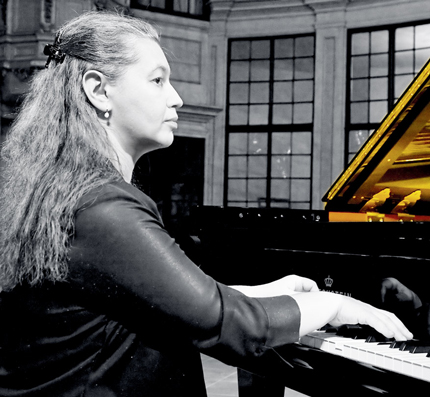Jean Françaix ~ Trio for Oboe, Bassoon and Piano
The Trio for Oboe, Bassoon and Piano was commissioned by the International Double Reed Society, the British Double Reed Society, the IDRS Germany e.V., the Japan Bassoon Society and the 24th International Double Reed Festival in Rotterdam. The première took place at the Rotterdam Festival in September 1995. The combination of Piano, Oboe and Bassoon is very unusual and there are therefore, only a handful of original works composed specifically for this ensemble combination. Jean Françaix himself wrote in a letter dated 11th August 1995: "This combination of instruments balances better than that of violin, cello and piano. All too often the strings are drowned by Steinway power: but the oboe and bassoon can get the pianist to dance to their tune without making him draw in his claws - which most of them hate having to do." The character and harmonies within the Trio are very French and typically Françaix! The work requires technical dexterity and lyrical expressiveness from all three musicians.
Camille Saint-Saëns ~ Sonata for Bassoon and Piano in G major Op. 168
The bassoon is often considered the clown of the orchestra but in his Sonata for Bassoon and Piano Saint-Saëns explores the elegant and dignified nature of the instrument. He began composing at the age of three and completed approximately three hundred works. Other French composers such as Poulenc and Ravel were said to have been inspired by Saint-Saëns, and Poulenc is even alleged to have borrowed musical ideas from him! The woodwind sonatas belong to his later works and were each dedicated to highly regarded players of the era. The Sonata for Bassoon is dedicated to his friend, Leon Letellier, and who was also the principal bassoonist of the Paris Opera orchestra. The piece begins in the high tenor register and emerges from, what seems like nothing - as if the melody had been hanging in the air just waiting to be heard before unfolding to become an elated melody. The second movement is a virtuosic scherzo which exemplifies the typically humorous character of the bassoon. The third movement begins once again with a floating melody that evolves into an impassioned middle section characterized by rhythmic passagework before the reprise disperses the tension eventually ending on an imperfect cadence which leads directly into the juxtaposed circus like finale.
Maurice Ravel ~ La Valse for solo Piano
Written between 1919 and 1920 at the request of the famous ballet impresario Sergey Diaghilev, La Valse was intended as a tribute to the Waltz style made popular by Johann Strauss. In contrast to Ravel's initial conception, he subsequently transformed La Valse into a cataclysmic and macabre tone poem which came to signify the despair and destruction of World War 1. In his own words: "I feel that this work is a kind of apotheosis of the Viennese waltz, linked in my mind with the impression of a fantastic whirl of destiny." When Ravel finally presented the work to Diaghilev, the latter famously dismissed it, and their working relationship ended. Ravel originally wrote La Valse for Solo Piano, then for Two-Pianos, and finally for orchestra. The original Solo Piano version leaves out too many "orchestral" details so the version presented here contains additional textures from the version by A. Icharev and also from Abramski himself.
Edward Longstaff ~ Aegeus
When the Greek hero Theseus sailed away to do battle with the Minotaur, his father, King Aegeus, feared greatly for his life. In order not to endure the anxiety a moment longer than necessary, he asked Theseus to change the black sail of his ship to white if he was victorious, and spend each day alone on a cliff-top watching for the vessel's return. Theseus was successful, but in the elation of slaying the Minotaur he forgot his promise. Seeing the black sail, the despairing Aegeus threw himself from the cliff into the sea which has born his name to this day - the Aegean. "The piece is a meditation on Aegeus's vigil, motionless and noble, his thoughts a turmoil of alternating hope and fear. Towards the end of the work, over a rhythmic piano ostinato, the oboe (which identifies with the King throughout) increasingly builds a sense of wild elation at thoughts of Theseus's victory and return, giving way at the climax to feelings of despair and bereavement. Crashing chords in the bass and the cries of the oboe are portents of what is to come when he sees the black sail, but the ending leaves Aegeus still on the cliff-top; solitary and waiting."
Francis Poulenc ~ Trio for Piano, Oboe and Bassoon
In 1920 Francis Poulenc was counted amongst the "Groupe des Six" which included the composers Darius Milhaud, Arthur Honegger, Louis Durey, Jean Cocteau, Germaine Tailleferre and Georges Auric. Technically speaking this was not a Society but rather the creation of a music journalist who simply used these representatives of Modernism as an analogy to "The Mighty Handful", the group of five Russian Composers including Mussorgsky and Balakirev in the second part of the 19th Century. The Trio was composed in 1926 and is dedicated to the Spanish composer Manuel de Falla. It is written in the typical quick - slow - quick form and is considered to be amongst Poulenc's finest works. It is also the first instance of Poulenc giving a more dominant role to the piano within his chamber music writing.

